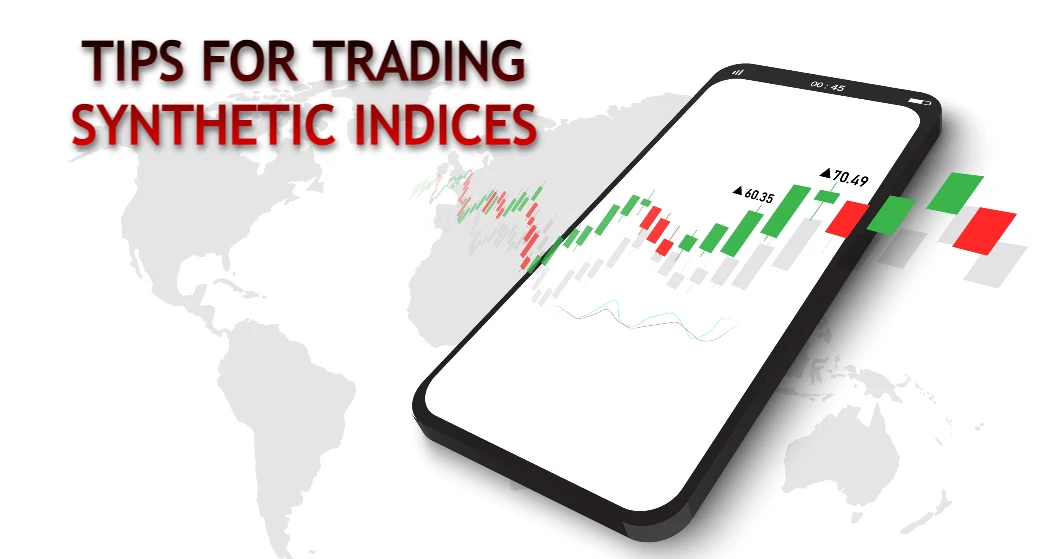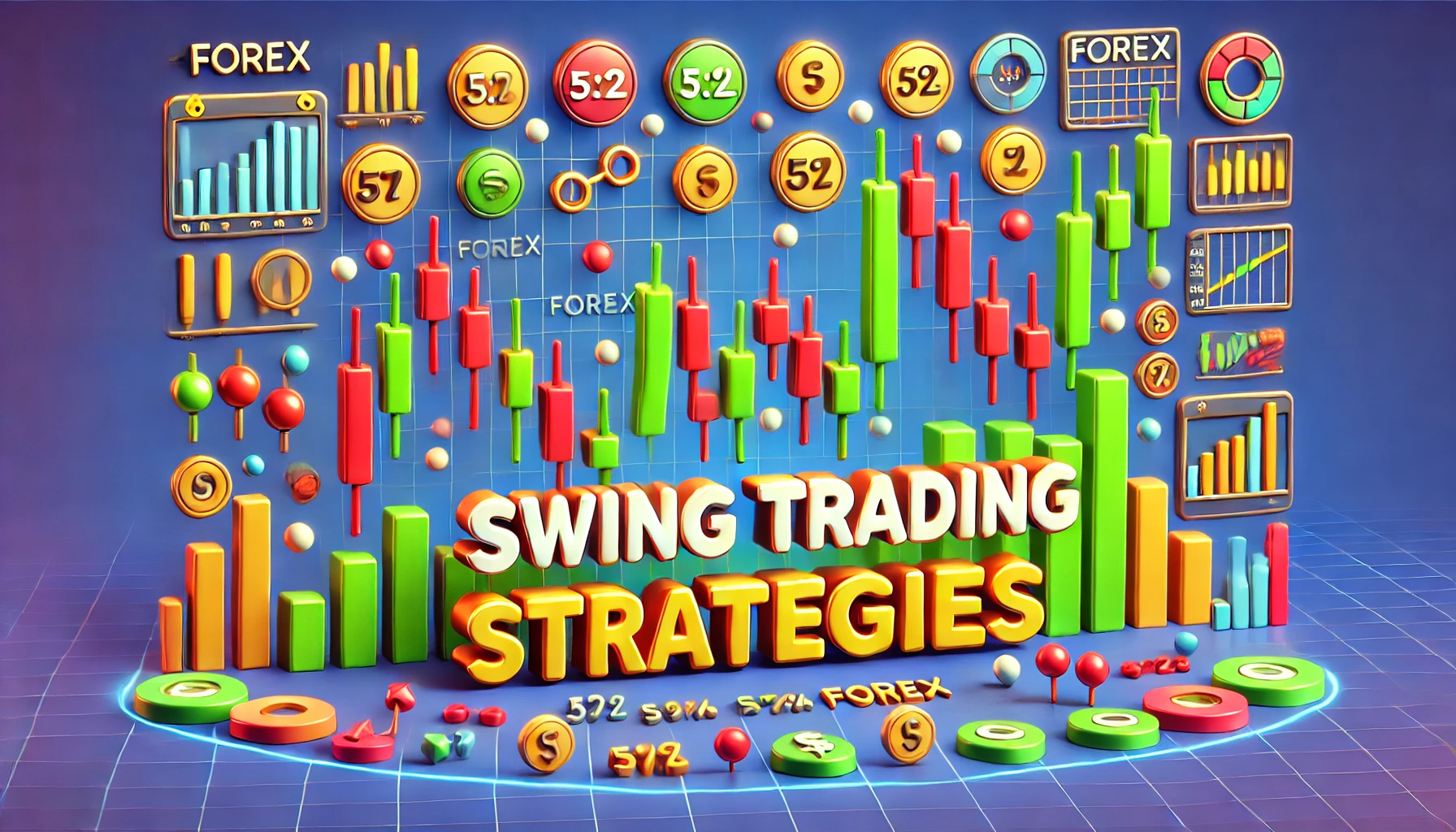Embarking on the path of synthetic indices trading is a venture filled with great potential and challenges. Synthetic indices are special financial products that mimic actual market trends but do not have any direct connection to real market happenings. They are favored by traders seeking the opportunity to engage in round-the-clock trading, free from the impacts of real-world market dynamics.
In this article, we delve into the realm of synthetic indices trading, presenting our expertly curated list of the top 10 strategies for success. We aim to provide a solid foundation for beginners to navigate the synthetic indices market with confidence.
Table of Contents
ToggleTop 10 Tips for Trading Synthetic Indices
1. Choosing the Right Broker
Selecting a reliable synthetic indices broker is the foundation of your trading journey. Search for main characteristics such as regulatory adherence, a record of success in the field, and an effective yet user-friendly system.
2. Focusing on Specific Indices
Synthetic indices vary in nature, and each variant has specific features. Thus, newbies should start with just one or two indices. Restriction of the target market enables a more in-depth analysis and development of effective strategies.
3. Developing a Tailored Trading Strategy
To succeed in this realm, one should have a planned strategy that is consistent with his or her objectives, level of risk tolerance and resources.
Whether it is price action, reversals or a mix of different methods, finding something that works for you is essential. Your capital, time available for trading, and appetite for risk are crucial factors that will shape your strategy. For instance, scalping could be a better option for an individual with lower capital than swing trading.
4. Practicing with a Demo Account
Before moving on to a live account, it is essential that you test your selected strategy in the demo environment. With a demo account, you are able to learn about and adapt to their dynamics without losing any real money.
Monitor all trades and analyze how the strategy performed in terms of its success rate and areas for improvement. You should approach your demo trading as you would to a real account, by being serious and disciplined in order to gain the most use out of that experience.
Only when you get comfortable with your practice on the demo account, you can start live trading. Once you become more accustomed, you can gradually raise your investment amount.
5. Maintaining a Detailed Trading Journal
Like standard trading, synthetic indices trading also requires the maintenance of a trading journal for recording wins and losses
The journal should contain detailed information on every trade – the index, position size, direction, rationale for entry and exit levels as well as screenshots of the trade setups. Reviewing this journal frequently will reveal the patterns of your trading behavior, good and bad, which will give you priceless information for further progress.
6. Avoiding the Pitfalls of Revenge Trading
Revenge trading, the practice of aggressively increasing trade sizes to recover losses, is a path to significant financial loss. It is essential to adhere to your trading plan and risk management strategies, and recognize when it is time to step back and evaluate your approach.
7. Taking Regular Profit Withdrawals
Regularly withdrawing profits can serve as a tangible reward for your efforts and a constant reminder of your trading successes. It is not just a financial strategy but also a psychological tool that reinforces positive trading habits.
8. Focus on Risk Management
Risk management is very important when trading synthetic indices. Choose a fixed percentage of your account that you are ready to lose on each trade. It is advised to risk no more than one or two percent of the account on a single trade. Also, do not put all your eggs in the same basket. Spread your risk by investing in various synthetic indices that are not related to each other.
Moreover, note that leverage can magnify your gains, but it also exposes you to the possibility of significant losses. Use leverage with care and comprehend its implications.
9. Practicing Emotional Discipline
The world of synthetic indices trading often resembles an intense emotional journey, akin to a rollercoaster with its thrilling highs and daunting lows.
It is essential to develop a form of emotional mastery or discipline to steer through this tumultuous landscape. This discipline is more than just controlling feelings; it is about cultivating a mindset that prioritizes rationality and calm decision-making. Traders who master their emotions can resist the urge to make hasty, impulsive trades, which are often driven more by the heat of the moment than by sound strategy.
10. Adapt and Learn
The synthetic indices market, like any other financial market, is dynamic and continuously changing. In order to keep up with new trends and strategies in synthetic indices trading, be sure to follow the current trends.
The successful and unsuccessful trades should be regularly analyzed to learn what worked and what did not. Be adaptive to the ongoing changes in the market environment and your trading performance as you reconfigure your trading strategy. You also may learn from fellow traders, participate in trading forums, and discover educational materials that can help you improve your trading abilities.
It is important to note that the trade of synthetic indices is not only about making money but also about managing risks and adjusting to an ever-evolving setting.
Bottom line
As the financial world continues to evolve with technological advancements, synthetic indices trading stands as a testament to innovation in financial markets, offering a blend of stability, accessibility, and potential for growth. By blending the characteristics of various assets to create artificial indices, this form of trading allows for round-the-clock activity, insulated from the influences of real-world events.
However, as with any trading approach, it comes with inherent risks and complexities. To succeed in this domain, it is essential for traders to have a thorough understanding of the mechanisms behind synthetic indices, as well as a clear risk management strategy. Traders should tread with caution, equipped with knowledge, and a well-considered approach to capitalize on synthetic indices opportunities while mitigating potential downsides.
Read more:
http://thetradingbay.com/2022/11/19/6-myths-about-forex-trading-you-should-know-about/












